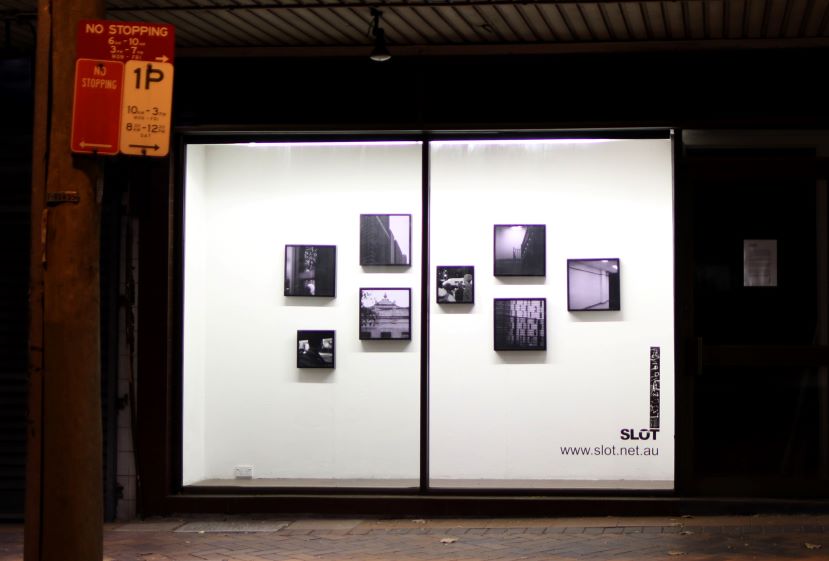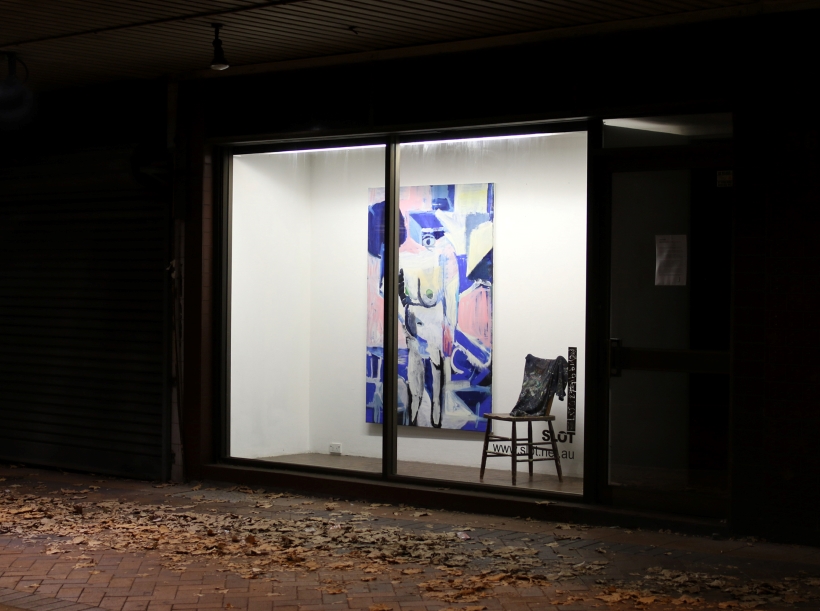5 December - 15 January I don't understand what you're saying- that's because you are not listening
Robert Hawkins’s abstract paintings look like something lifted from the 1920’s.
They speak to the works of Piet Mondrian, Kashmir Malevich, Fritz Glarner and Sophie Taeuber-Arp who along with others invented the idea of geometric abstraction as a kind of Modernism. That is, the art wittily referred to as the isms – stretching from Impressionism to Post Impressionism, to pointillism, Cubism, Constructivism, Futurism, Expressionism, Abstract Expressionism, and on to Conceptualism. It was an era when people expected to find confronting new art styles in galleries of MODERN art. But it’s different now; we expect to find confronting new art technologies in museums of CONTEMPORARY art.
It might have something to do with the frames that Robert uses. While his impeccably rendered high art pictures are rigorously consistent, his frames are not, they are chipped low art discards that are incongruously pretensions.
Looking over my notes made as I listened to Robert speak about his paintings, one statement is repeated- “the frame comes first”. This is the reverse of the usual order, where an artwork is finished then a value adding frame is attached.
In Robert’s case “35 years ago got the idea of making art while playing with framing offcuts - frames come from Reverse Garbage – the frames come first – they are a metaphor - frames because I like being scared of the outside – everything is done with the frame coming first – the frame is the home the work sits in – THE FRAME COMES FIRST – I don’t see it in a kitschy way.”
It is clear that the frame proposes the artwork to Robert. I wonder if our frames of reference leftover from Modernity propose the idea of art in this world that is contemporary with our being? Robert articulates this slightly cynical question by reversing the idea of value adding. In Robert’s art it is the painting that lends value to the frame, or to our outmoded frames of reference with such lucid simplicity that we are left delighting – even chuckling a little as his gently concise works are considered.
Tony Twigg

















































